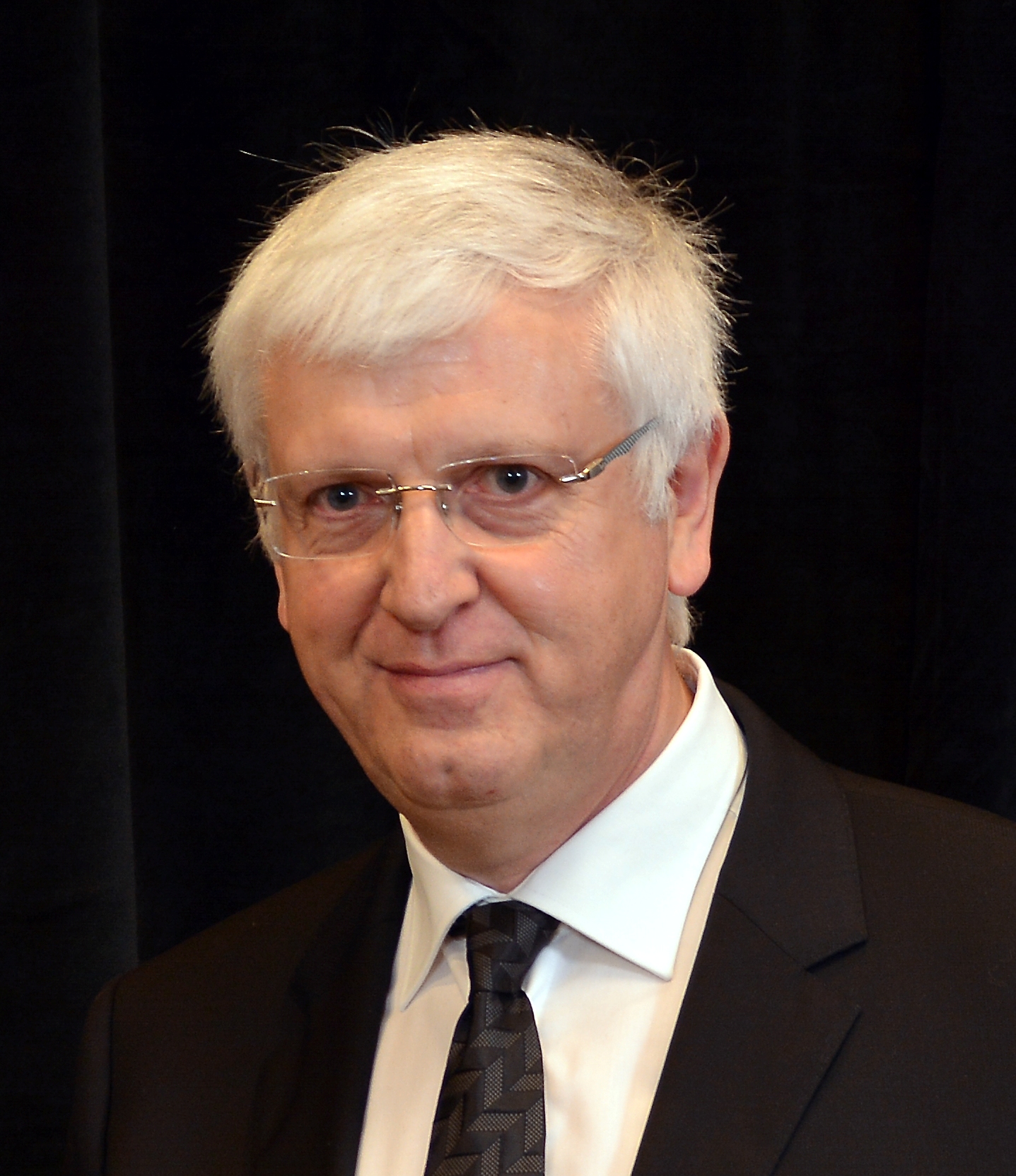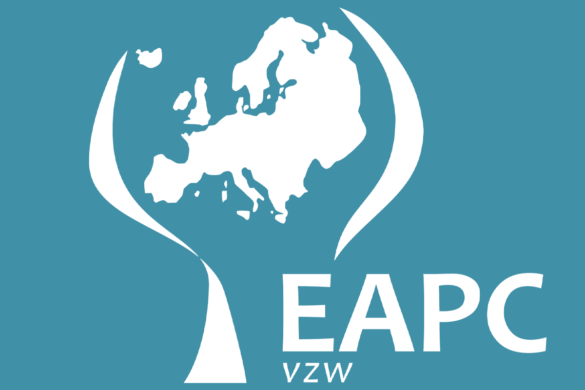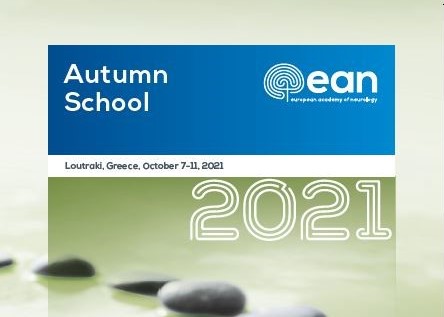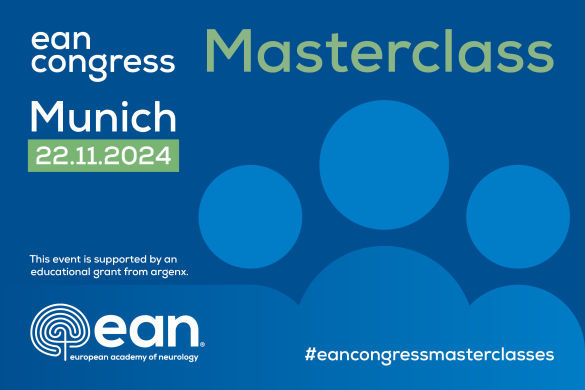by Dider Leys
EAN has currently more than 21,000 members, including individual and institutional members.
What are the differences between the various types of membership categories?
• Full individual members are neurologists (or neurologists in training-RRF) who are European citizens (irrespective of where they are working), or who work in any European country (irrespective of their citizenship). European countries are defined as any of the 53 countries served by the WHO Regional Office for Europe.
• Corresponding individual members are either neurologists (or neurologists in training) from non-European countries, or health professionals or scientists of other specialities or professions related to neurology.
• Associate individual members are members of any national neurological society of European countries (i.e. members of full institutional members societies)
• Full institutional members are the national societies of neurology of any European country.
• Corresponding institutional members are the national societies of neurology of non-European countries.
• Allied institutional members are non-profit scientific societies, with registered seat in any European country, dealing with subfields of neurology; and/or non-profit neurological patient organisations, with registered seat in any European country
Resident and Research Fellow Section (RRFS)
Those who have qualified as medical doctor and are currently working as a resident in Neurology, research fellow, PhD student or neurologist with not more than 3 years of practice are welcome to apply to become a member of the EAN-RRFS.
Members of the RRFS have representatives in the education Committee, the teaching Course Subcommittee, the quality insurance subcommittee, the liaison committee and in several EAN scientific panels
What are the membership rights?
- Reduced fee at EAN congresses for all individual members of the EAN (including members of institutional members, provided that the fee due to the EAN has been paid).•
- Voting and holding office. The only categories of membership entitled to vote during any regular or special assembly of the EAN assembly of delegates are the delegates of the full institutional members and the delegates of the full individual members. Only full individual members can hold any elected office in the EAN and vote on the election of individual delegates to the assembly of delegates.
- Other Rights. The Board can, from time to time, resolve on certain other rights and benefits connected to each membership category, e.g.
* Free online access to the European Journal of Neurology (EJoN)
* Access to the online learning platform eBrain
* Access to guidelines
* Educational grants
* Access to the registered user area on the EAN website
* Monthly mailshots of the EAN electronic newsletter Neuropenews
* Right to purchase the EJoN at a reduced rate (currently € 75)
* Receipt of membership certificates
* AAN Joint Membership (10% off the AAN membership fee for EAN members
and 10% off the EAN membership fee for AAN members from outside Europe)
How to apply?
Individuals may apply for membership by submitting credentials establishing their eligibility for individual membership status, especially their specialisation and profession recognised in their country of practice, to the Secretary General.
Institutions may apply for membership by submitting their statement of purpose and/or bylaws, an official confirmation of their non-profit status and, if applicable, their respective particulars of registration to the Secretary General.
What are the membership fees?
The amounts of membership fees for individual and institutional members for coming years are decided by the assembly of delegates upon proposal of the board. A reduction of membership fees is possible for RRFS members, retired members and according to country of residence, following World Bank Categories.
Currently the fees are:
- Full and Corresponding: € 150
- FEAN: € 250
- RRFS: no fee in 2016
- Retired and Low/Middle income: -50%










